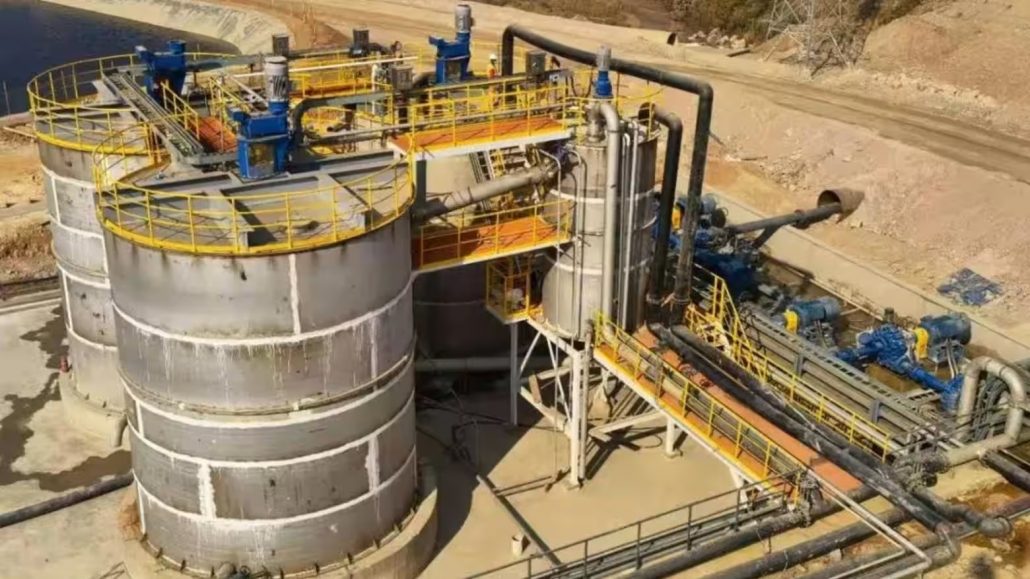
Rio Tinto Overhauls Grande-Baie Anode Furnaces While Advancing Inert Anode Technology
Rio Tinto will invest $165 million to refurbish two carbon-anode baking furnaces at its Grande-Baie aluminum smelter in Quebec, Canada. This upgrade is part of the company’s broader strategy, which includes the advancement of inert anode technology at the Arvida smelter.
Furnace Refurbishment to Secure Long-Term Operations
The project involves a full rebuild of Péchiney furnaces, including concrete shells and refractory linings. Work will be completed in two phases over 2025 and 2026. These furnaces produce about 60% of the 280,000 anodes needed annually for the Grande-Baie and Laterrière smelters. To avoid production disruptions, Rio Tinto will rely on a third furnace, existing anode inventory, and market-sourced anodes.
Although calcined petroleum coke (CPC) demand will temporarily drop during the refurbishment, it is expected to stabilize in the long term. The upgraded furnaces are expected to last approximately 25 years.
Elysis Project and Inert Anode Commercialization
At the same time, Rio Tinto is accelerating its shift toward inert anode technology. Through Elysis, its joint venture with Alcoa, the company is investing $285 million to build a 10-pot demonstration plant in Arvida. This pilot facility, with first production targeted for 2027, will test oxygen-emitting inert anodes that could eliminate CO₂ emissions from the Hall-Héroult process. Alcoa holds an option to purchase a portion of the aluminum produced over the plant’s first four years.
Elysis also plans to install industrial prototype inert anode cells at the Alma smelter later this year, with additional development supported by the Quebec government.
Carbon Anodes to Remain Relevant in Near Future
Despite the push for innovation, market participants believe carbon anodes will still dominate for the next 10–15 years. One analyst noted that the Grande-Baie investment reflects Rio Tinto’s recognition that inert anode commercialization will take time. Another suggested that significant disruption to carbon-based anode demand is unlikely before 2030–2035.








Leave a Reply
You must be logged in to post a comment.